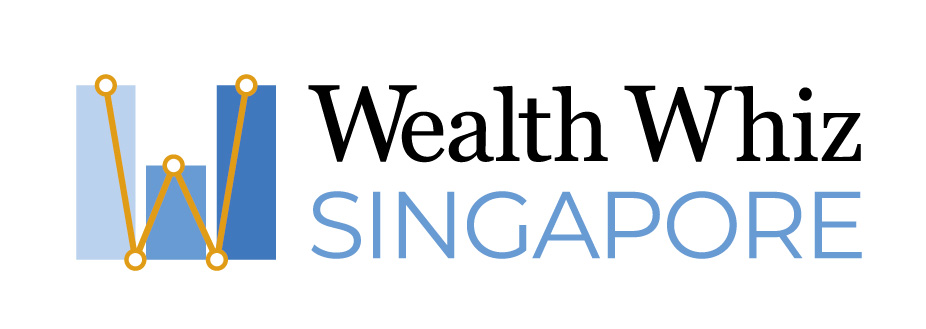Business loans in Singapore play a pivotal role in fostering entrepreneurship, driving innovation, and sustaining the growth of enterprises. This article explores the multifaceted domain of business loans in Singapore, encompassing their types, application processes, interest rates, and the regulatory framework governing this crucial financial instrument.
Business loans in Singapore are diverse, tailored to meet the specific needs and objectives of different enterprises. Term loans, perhaps the most common type, provide businesses with a lump sum amount that is repaid over a specified period, typically with fixed monthly instalments. Working capital loans, on the other hand, address short-term operational needs, ensuring smooth day-to-day business activities. Meanwhile, trade financing loans facilitate international trade by providing funds for importing and exporting goods.
The application process for business loans in Singapore is a meticulous procedure that requires comprehensive documentation. Prospective borrowers approach banks, financial institutions, or alternative lenders to initiate the loan application. Lenders assess the creditworthiness of businesses, considering factors such as financial statements, cash flow projections, business plans, and the borrower’s credit history. The robustness of these documents often determines the loan amount and terms offered.
Interest rates are a critical aspect of business loans, influencing the overall cost of borrowing for enterprises. In Singapore, businesses can opt for fixed or floating interest rates. Fixed rates provide stability and predictability, as they remain constant throughout the loan tenure. Conversely, floating rates fluctuate based on market conditions, potentially offering flexibility but also exposing businesses to interest rate volatility.
The regulatory framework governing business loans in Singapore is overseen by the Monetary Authority of Singapore (MAS). MAS sets guidelines to ensure responsible lending practices, safeguarding the financial stability of both lenders and borrowers. These regulations are designed to prevent excessive borrowing and promote prudent financial management within the business sector.
Collateral is often a requirement for securing business loans, providing lenders with a form of security in case of default. Assets such as property, inventory, or equipment may be used as collateral, mitigating the risk for lenders and potentially resulting in more favourable loan terms for borrowers. However, the evaluation of collateral is contingent upon factors such as asset value, market conditions, and the nature of the business.
Government initiatives in Singapore complement the business loan landscape, offering support to enterprises across various sectors. Enterprise Singapore, a government agency, provides financial assistance, grants, and schemes to empower businesses. The Enterprise Financing Scheme (EFS) is a notable example, encompassing loan insurance, working capital, and trade financing components to cater to the diverse funding needs of enterprises.
Small and medium-sized enterprises (SMEs) are particularly supported through initiatives like the SME Working Capital Loan, which provides accessible financing to sustain and grow their operations. The government’s commitment to fostering innovation is reflected in schemes such as the Productivity Solutions Grant (PSG), which assists businesses in adopting technology and improving productivity.
In conclusion, the realm of business loans in Singapore is multifaceted, serving as a lifeline for enterprises seeking to thrive and expand. The careful navigation of the application process, considerations of interest rates, collateral requirements, and adherence to regulatory guidelines are integral aspects of securing business financing. With the support of government initiatives, Singapore’s business loan landscape continues to evolve, facilitating a resilient and vibrant business ecosystem that contributes significantly to the nation’s economic prowess.
Back to Article List
